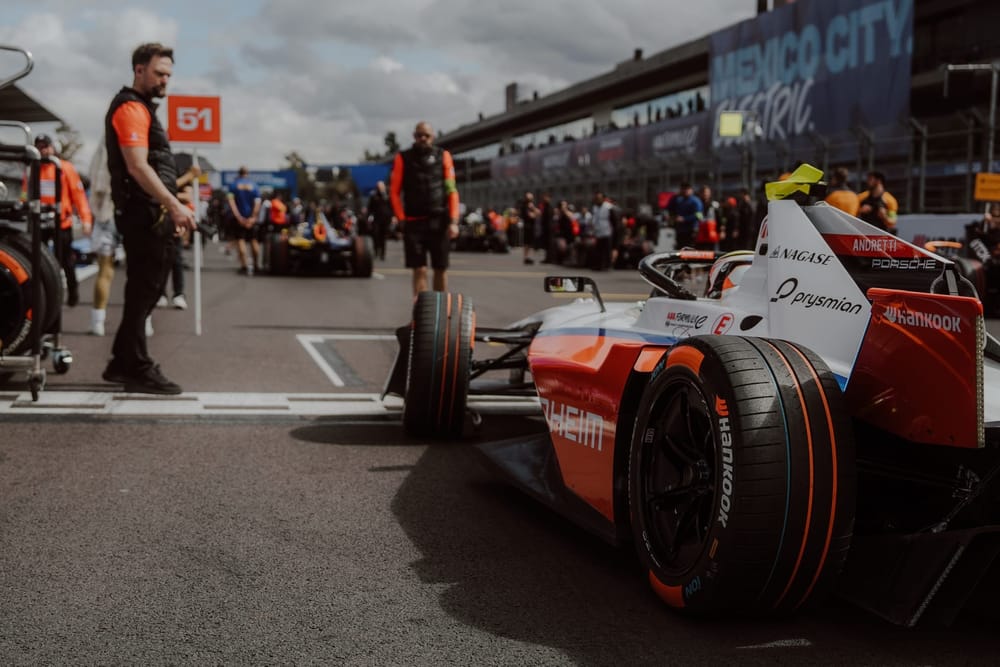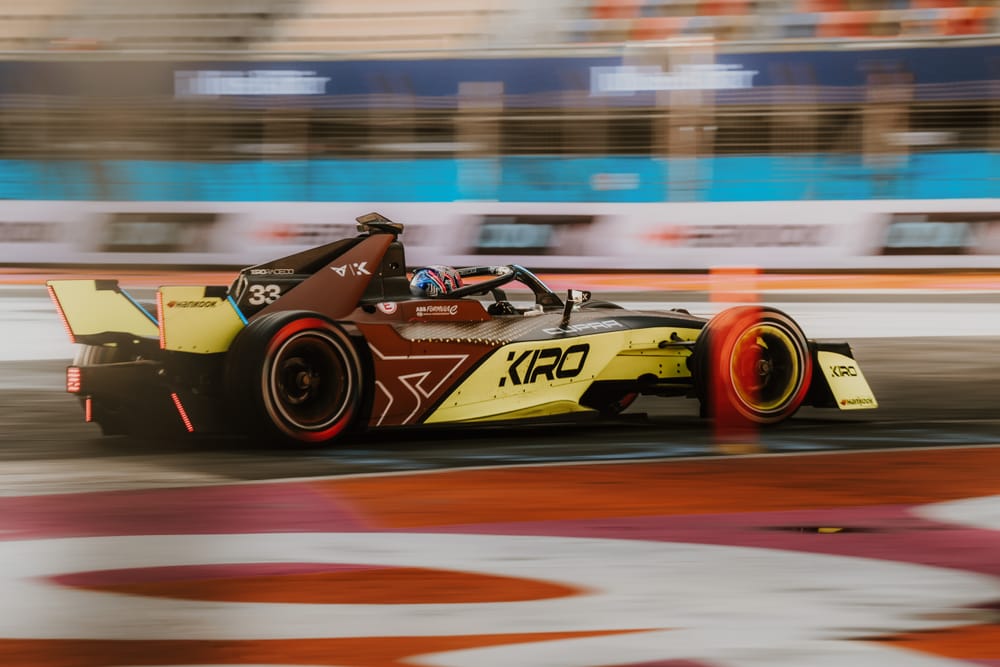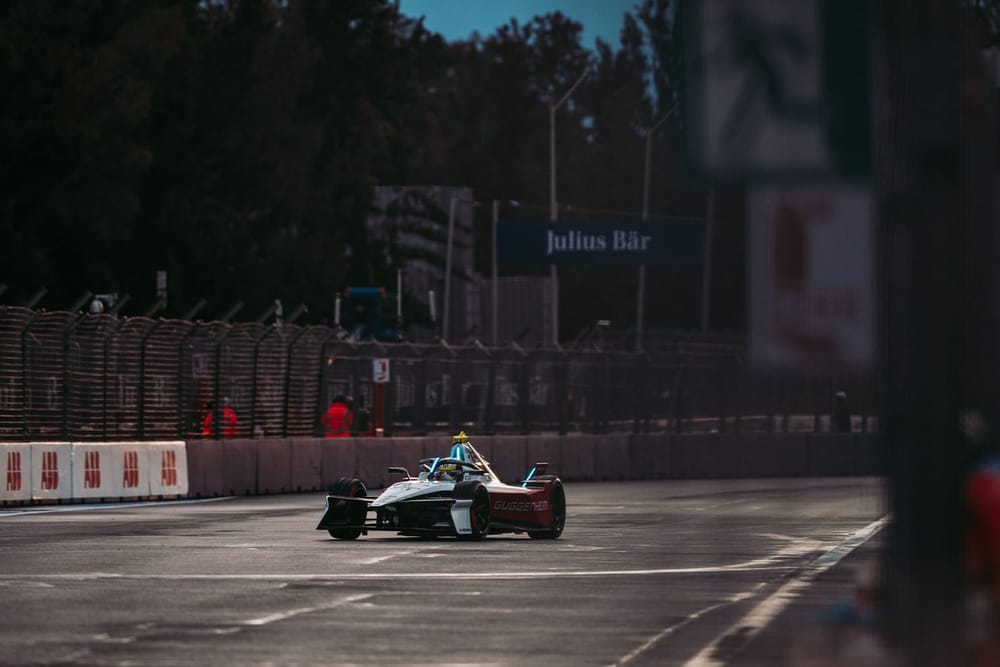It is 13 races and almost 12 months since the last non-factory Formula E victory was taken, as Maximilian Guenther powered (his quasi-works Maserati) to the chequered flag at the inaugural Tokyo E-Prix.
So, has the delicate balance of fairness between manufacturers and customer teams, that pride in sporting equity of Formula E's, been tipped too far in the manufacturers' favour recently?
It's a question that has percolated for months now in the Formula E paddock, and it's one that has frothed up nicely in recent weeks.
The 2023 season could now be seen as an anomaly, and perhaps also a watershed moment for Formula E. That was when Envision and Andretti beat their manufacturer suppliers to titles and Maserati and McLaren ran DS Penske and Nissan extremely close too.
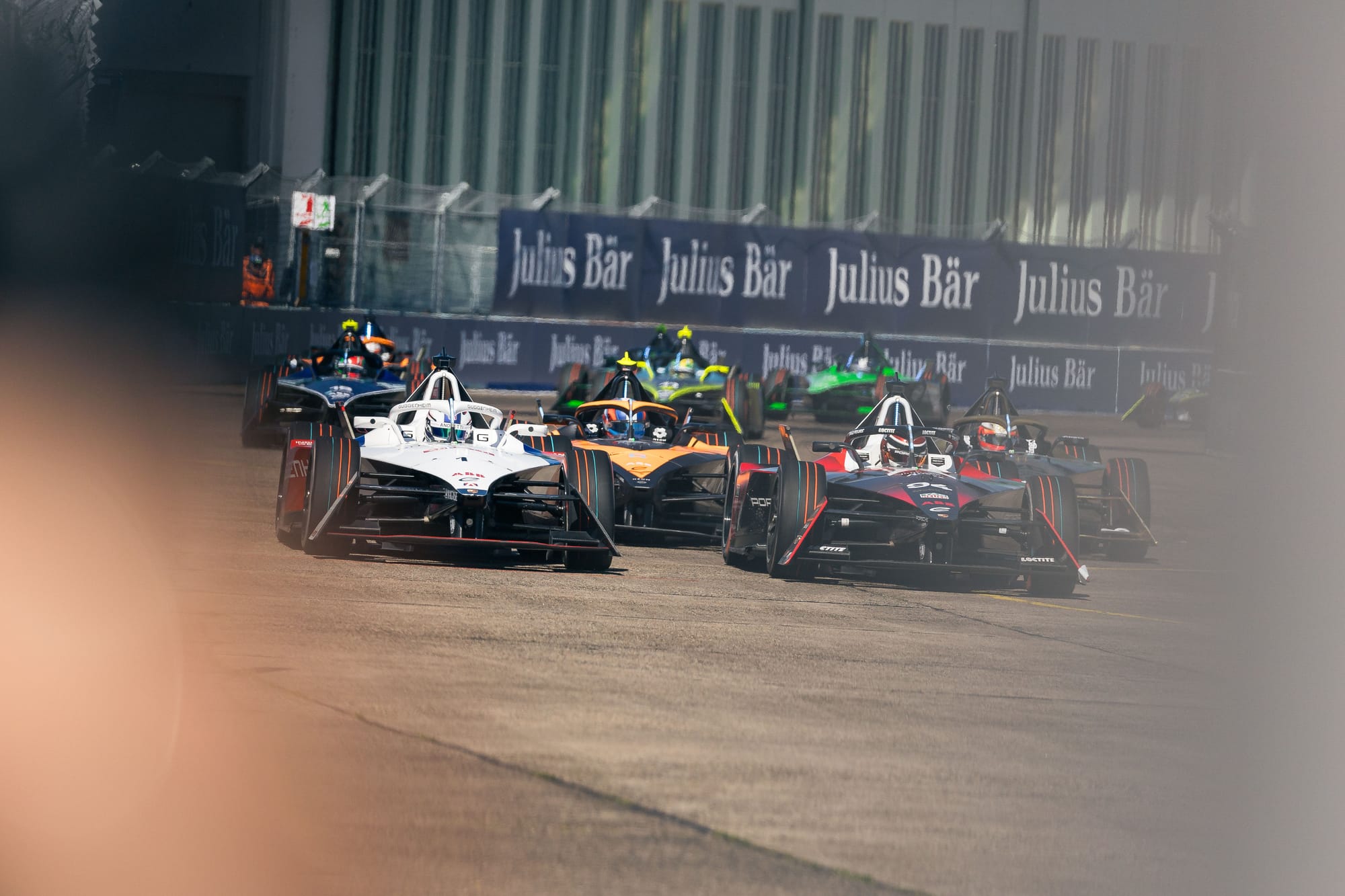
But since then, the tables have well and truly turned. Jaguar trounced Envision last season, and Porsche got much the better of Andretti. In fact, all of the manufacturers, bar Mahindra, greatly outscored their customer teams.
The narrative states that the initial Gen3 season, awash with volatility due to the car and its tech being undercooked initially, was the golden hour for the customers to make hay in. But that would be grossly underselling both the customers' work that season and the fact that the technical equity between manufacturer and customer is one of the key selling points of the all-electric world championship.
The concern has come more from a perception that predominantly software updates and other features might not quite have been available equally or as readily as they should have been.
Then there is access to manufacturer test days, of which they get 16 at a maximum of 13 hours of running per day. Those supplying a customer team, which is all of them bar Mahindra now, get four additional test days with "the obligation to allocate the total additional track time to the customer with the same [development] chassis and the same battery as during the other [manufacturer] test days".
A recent addressing of the concern, which is believed to have come from significant lobbying by customer teams, has been outlined.
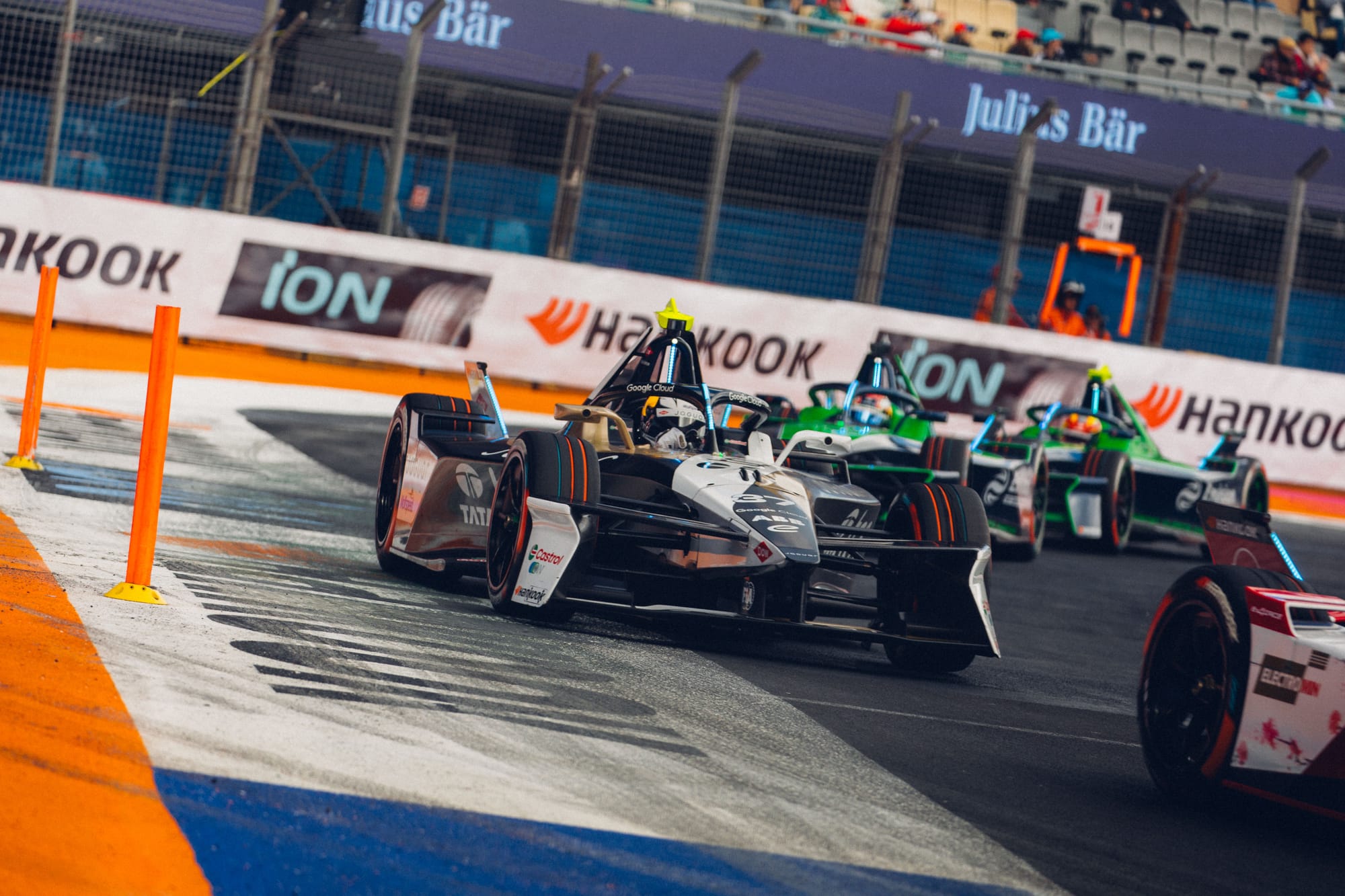
In an additional article (4.3 and 4.4) to the registration procedure for manufacturers, it is now stated that the "manufacturer agrees to supply cars and provide equal level of services to all its competitors in a fair and equitable way".
Further clarity is given. "In addition, the manufacturer agrees to respect of the independency of its competitors" and "it is strictly forbidden for the manufacturer to influence negatively the competitiveness of any of its supplied competitors by the means of services, supplied goods or sporting impositions that have as an objective alter the results of a competition".
Should suspicions of inequity be proven the sanctions are severe and include the suspension of the manufacturer's right to supply cars, a deduction of points from the manufacturers' title standings, a reduction in private test days and financial penalties.
Should it all really be such a surprise though? Jaguar, Nissan, Porsche and Stellantis all have top technical resources, and...oh yes, an extra €15million in financial clout per homologation.
All of the conjecture comes at a very interesting point in time.
That's because the game of musical chairs, where the manufacturers and customer teams dance around each other before coming to agreements on who they partner with for Gen4, is well and truly in motion.
This will continue for a few more months before deals are firmed up and while the permutations are many, speculation on what Andretti, Envision, Maserati, Cupra Kiro and McLaren will do can be lengthy and complex.
Several of them, if not all, are open to different models of being with manufacturers: a straight customer deal, an embedded set-up a la DS and Penske, or even something more pronounced with a fresh manufacturer - which might be the eventual direction McLaren goes in should Hyundai come in for 2028.
"I'm always open and we really enjoy it [being a customer]," Envision's Sylvain Filippi told The Race in Sao Paulo last December.
"My team is actually relishing it and always wants to do more. More development work, more test days, more whatever. But at the moment we are limited by the ceiling of what a customer team is allowed to do.
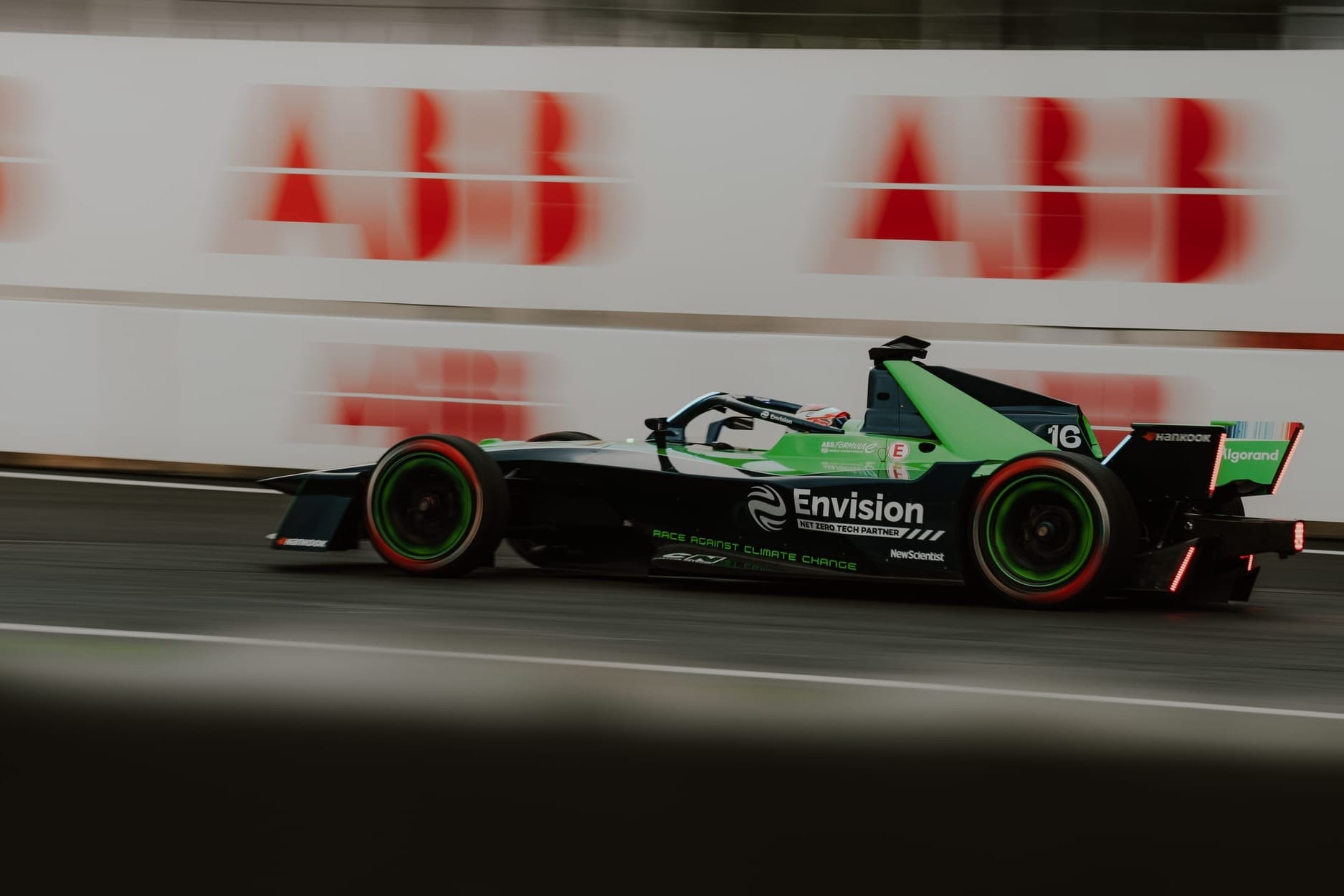
"Being a works team would be brilliant. But we have to be the works team of the right manufacturer at the right time. You have to weigh the pros and cons of working with an established manufacturer who’s done a few years and knows what good looks like versus a new entrant. You have to evaluate that."
"I follow closely what’s happening for Gen4," added Filippi. "Then we'll make the best decision we can. But we can do both [customer- and manufacturer-run projects], basically. But the one bit that is a challenge is the manufacturer having two cost caps and therefore a lot more people in it.
"For sure, these people are meant to do development only. But that is completely normal. It's not a criticism, it is completely normal that they have a better understanding of the car because they've designed it."
Andretti's transfer from BMW to Porsche may have seemed seamless in 2022 but it had many hurdles; politically and sportingly, but mostly via a major operational pivot after the sudden BMW decision in November 2020.
BMW's diffidence over Formula E was brutal and then baffling. It made Andretti pine a bit for a closer and more symbiotic relationship.
The bumps in the road were well covered by The Race in 2023 when the initial cheek-by-jowl philosophy of Andretti and Porsche working together got unintentionally sidetracked by Andretti's own designs on the title, which it successfully pulled off thanks to a brilliant campaign from Jake Dennis.
Those differences were mostly addressed for 2024 and it was a much quieter season from an all-out combat point of view, although both Pascal Wehrlein and Dennis did threaten to revisit old battles and unstitch sewn-up wounds on more than one occasion.
"That spoiled perhaps the ultimate success of that year," agreed Andretti team principal Roger Griffiths who, albeit without going into detail, firmly acknowledged then and now that things could have been done differently by both entities.
"We've talked about it a lot with Porsche, and it's been talked about a lot in the press. With Porsche, I think we've all come to a decent understanding of what works for us as Andretti. And what works for the Porsche Formula E group and for Porsche Motorsport.
"Obviously, it's a little bit more complicated now that we've got Kiro in the mix. But right now, I'd say we're pretty happy with how things have evolved."
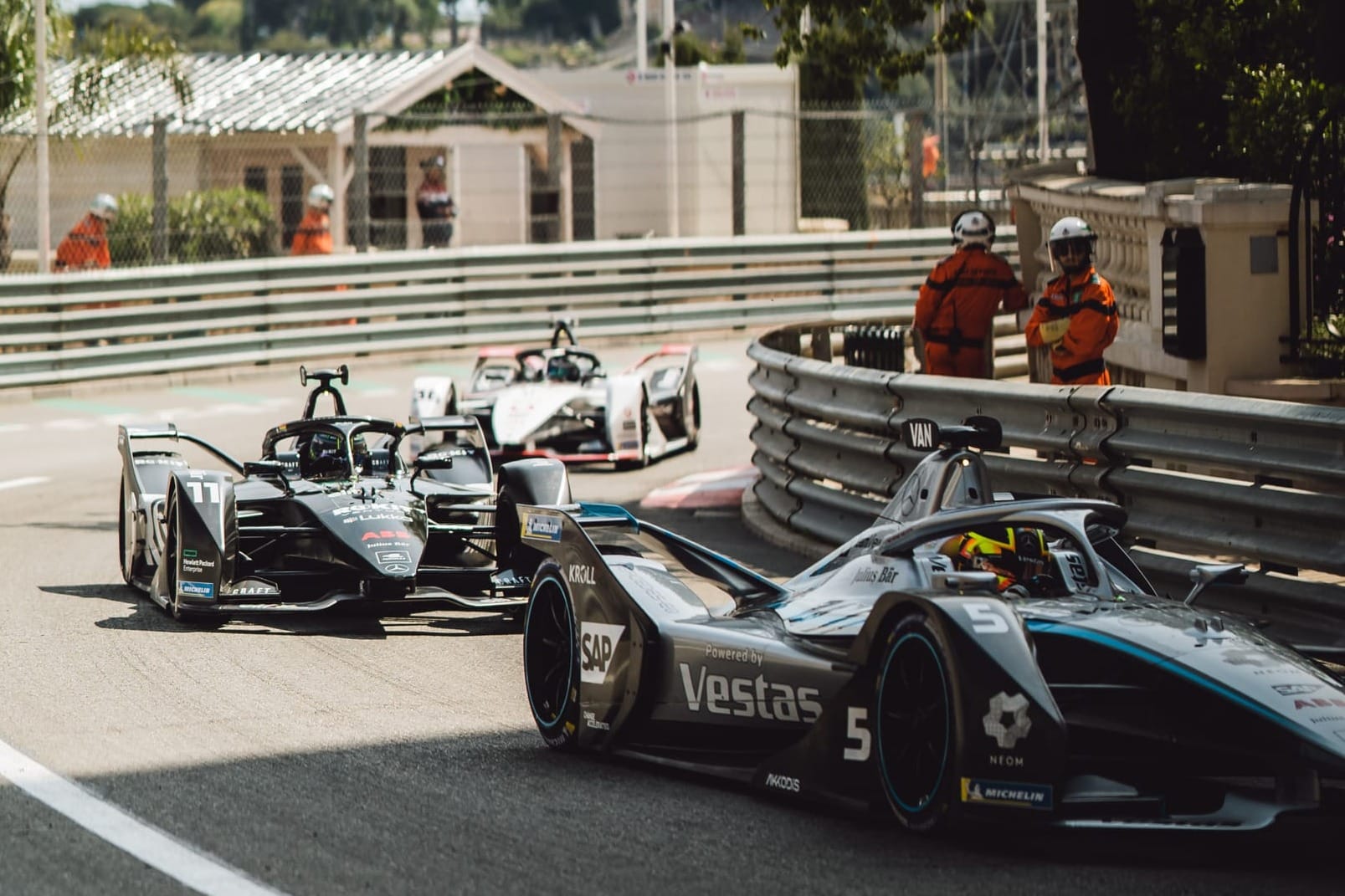
The Porsche and Andretti relationship survived all that and now feels like an alliance that might benefit Andretti in Gen4 too. The model it hankered after was the one that Venturi bred with Mercedes from 2020-22, which was by far its most successful period.
"They effectively were a four-car team then," said Griffiths. "And so, the idea was to try and emulate that and, to have a kind of Porsche Motorsport in the middle. And then take away Porsche and us as effectively customers of Porsche Motorsport.
"Although one's a works team and the other one is a proper customer team [the aim is still] sharing information, working together for the overall success of Porsche Motorsport. So that was the intention."
The operative word there appears to be 'intention'. It all started off promisingly but the few off-track issues proved to knock the early benefits off course somewhat.
Porsche is already well advanced in its Gen4 designs and anticipates a smooth transition. Which customer team (or teams) it will do that with is still a few months away from being confirmed but although far from a given, Andretti feels like a decent shout for continuity from one generation to the next - so far a rare thing in Formula E's short yet complex generational history.

